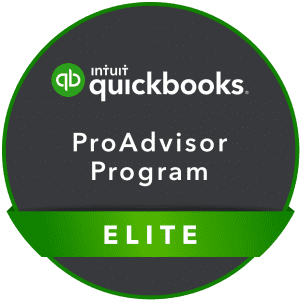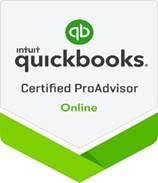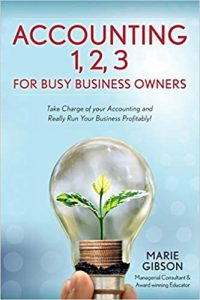Marie’s Musings…
 As an annual sponsor of Nevada’s Small Farm Conference I am always inspired by the energy and excitement that runs through the members. They come together to explore new marketing ideas, new production methods and to remember that there are others that are working to improve our food sustainability not only in this area, but world-wide!
As an annual sponsor of Nevada’s Small Farm Conference I am always inspired by the energy and excitement that runs through the members. They come together to explore new marketing ideas, new production methods and to remember that there are others that are working to improve our food sustainability not only in this area, but world-wide!
Farming is one of the most difficult businesses and although there are many life-style benefits of farming, it is very difficult to earn an adequate profit every year. It is imperative, however, that the farms produce enough money to stay viable and many explore multiple enterprises. Enterprises is a term to describe a form of leveraging one’s location, interests and efforts–when a farm (or business) has “eggs in many baskets” and income can be received from multiple products/products.
You have watched me leverage my knowledge each year since I first attend the Make A Difference workshop and now we offer several services and products to help busy business owners. This blog discusses what some call enterprises; others call profit centers and others just say that they are growing or creating multiple products or crops.
Many small business owners focus on generating more revenue every year, and that’s a great objective. However, not all revenue is created equally. If you sell more than one product or product in your business, then you can benefit from looking at your revenue mix…
Although it’s fun to watch our revenues grow, it’s the profit number that really matters. Some people are always talking about their revenues…I want to ask them about their profits J. If your expenses grow faster than your profits, then you have a lot of activity going on, but you don’t get to keep as much of what you make, which is what really matters. I’ve personally seen too many businesses and farmers earn great revenues, and don’t have any left over at the end of the month. If this describes you, be sure to download the Seven Key Steps to Your Profitability!
Also, an insightful exercise to try is to take a look at your revenue mix. Then you can ask “what if?” to optimize your profits.
Your Revenue Mix
Let’s say you offer three different products: Products X, Y, and Z. Your revenue pie looks like this:
X: $140,000 or 70% of the total
Y: $30,000 or 15% of the total
Z: $30,000 or 15% of the total
Total: $200,000
In this example, Product X is clearly the one making you the most revenue in your business. But is it making you the most profits?
The profit you receive from each of these product lines is as follows:
X: $6 K gain
Y: $2 K loss
Z: $16 K gain
Total: $20 K profit. These numbers are not so unusual—several farms I know earn revenues of $200,000 and are lucky to have $20,000 profit (10%) at the end of the year.
While Product X is generating the most profit volume for your business, it’s actually Product Z that’s the most profitable. Earning $6 K on $140,000 yields 4.3% return on Product X, but earning $16,000 on $30,000 increases the return to 53%. Product Z generates the most return; and if possible, Product Y may need to be discontinued or changed in some way.
Optimizing Profits
Your strategy for a more optimum revenue mix might be to sell as much of Product Z as possible, while eliminating or fixing the problem around Product Y. It’s important to experiment with different revenue mixes. And of course, there are many more variables besides profit, such as:
- Which product do you prefer to work on?
- Are you able to sell more of the most profitable product or are there marketing limitations?
- Is one product a loss leader for the others?
- Are you able to adjust price on the lower margin products to increase your profits?
- Do you have the time to dedicate to Product Z?
- Does Product X take no time at all and bring in customers that now want Product Z?
There are many more questions to ask and strategies to consider to make you more money, which is why we love our work! We use spreadsheet analysis to examine the What If scenarios—you can have as many copies as you want—test them on paper before you put your plan into action
We hope you’ll spend some time analyzing your revenue mix and having fun asking yourself “what if?” Let us help you expedite the process or add our perspective; please reach out anytime.








